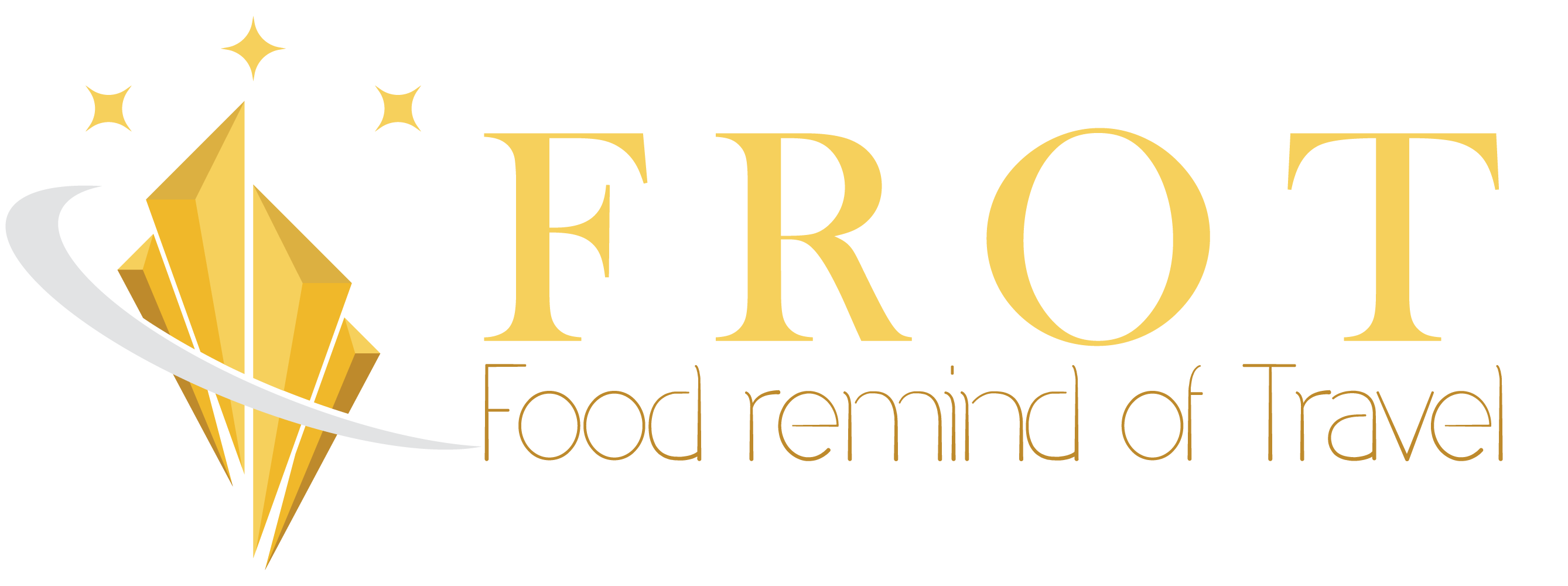In Norway, seafood is more of an everyday food than a luxury item. Most Norwegians live near the coast, giving them ready access to all sorts of fish including but not limited to salmon.
Salmon reigns supreme among fish in the Norwegian diet. If it were up to us, we’d exclusively eat salmon in Norway – smoked, cured or raw. It doesn’t matter. We’ve yet to meet or eat a Norwegian salmon that we haven’t loved.
Salmon Observation
It should be noted that most if not all Norwegian salmon is farmed. That being said, we found Norway’s salmon to be a superior, refined product that tastes best at the source.
Norway’s seafood options go beyond salmon. Fish fans will want to try Norwegian classics like salted cod and pickled herring as well as shellfish like shrimp and crabs. However, more adventurous diners shouldn’t miss sushi. Norway’s ultra-fresh fish elevates the Japanese delicacy to something special.


Fun Fact
Ironically, Norway deserves credit for popularizing salmon sushi in Japan during the 1980s. At that time, the Asian country was resistant to raw salmon due to parasites associated with Pacific salmon. After Norway’s Project Japan successfully introduced and promoted Atlantic salmon to the sushi-crazed country, salmon became an integral part of Japan’s sushi zeitgeist.
Michelin-starred Sabi Omakase offers the ultimate Norway sushi experience at its tiny Stavanger restaurant. For those who can’t score a reservation for one of Sabi Omakase’s ten seats or visit when the restaurant is closed for its summer holiday, sister restaurant Sabi Sushi is a fine lunchtime substitute.
Since our Stavanger stop coincided with the omakase’s annual holiday, we ‘settled’ for a lunch at Sabi Sushi. Our meal included a medium nigiri sampler with some of the freshest fish we’ve ever eaten plus a signature Flambert roll with lightly flamed salmon and avocado. Our total cost for lunch was 340 NOK or approximately $40 US – a true Norwegian bargain.
Where We Ate Sjøma
Sabi Sushi in Stavanger







